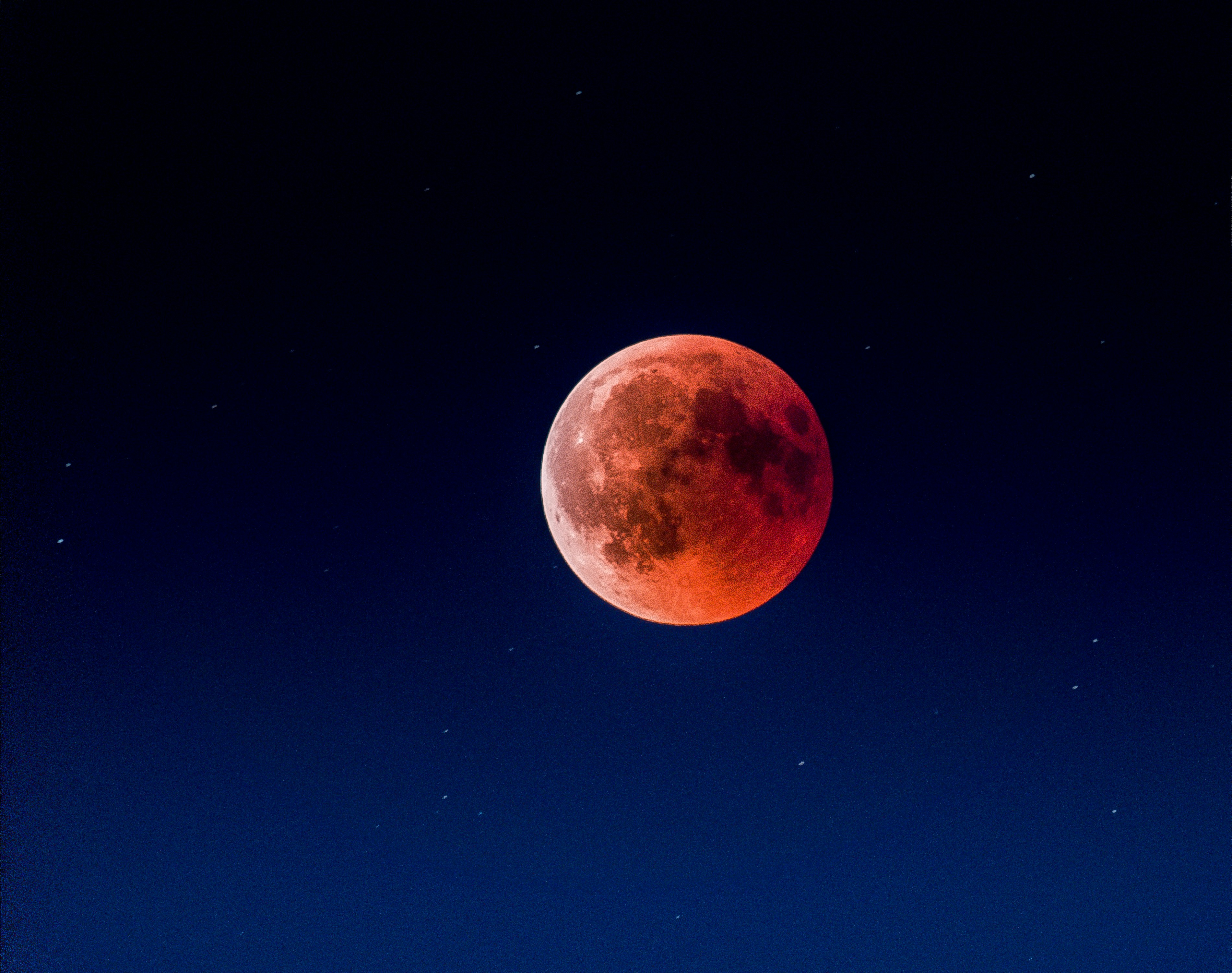When you use Great Photo Recipes links to buy products, the site may earn a commission.
What's The Recipe For This Great Photo?

Title: How to photograph After 1 hour of hiking, we set up our cameras at 2500m. Although we had expected to see the moon rise right above the mountains, clouds on the horizon delayed when we got our first glimpse of red light. This was my first lunar eclipse photography session and I am afraid I may have been too enthusiastic about the photography. Next time, I’ll focus more on the actual experience. Until then, the result of 90 stacked RAW files taken at around 23h35 CET will have to suffice! Note the faint stars from the original stacked file that show that even at high ISO, modern CMOS sensors have great DR!; blood moon at night time
Credits: Martin Adams, source, license.
away from city lights. Use a sturdy tripod and a wide aperture lens. Experiment with long exposures to capture star trails or short exposures for sharp stars. Consider including interesting foreground elements for depth.
• aperture: 5.6 • exposure time: 1/8 • focal length: 400 • ISO: 2000
High-end camera gear can be beneficial, but it's not essential. Here is equipment compatible with
Canon EOS 80D, that was used for the original photo:
From RAW to JPEG
Post-processing is indispensable for transforming raw pixels into
captivating, impactful photographs, enriching their storytelling and aesthetic allure.
Tools like
darktable (open-source) or
Lightroom
(commercial)
facilitate adjustments in
brightness,
contrast, and
color,
which
enhances visual appeal, corrects imperfections, and enables creative expression while optimizing photos for various outputs such as prints or social media.
Post-processing isn't a dark art for pro artists or geeks; it's a vital requirement for every image, regardless of its subject or content.
